Tabata training is a different take on the high-intensity interval training (HIIT) that has been popular in the fitness community for years. As the name implies, HIIT training is tough. It focuses on short bursts of highly strenuous activity followed by short rest periods. It is not for the faint of heart, but it does produce results.
This particular type of HIIT was created in Japan, by a scholar and professor named Izumi Tabata. While working with the national Japanese speed-skating team, Dr. Tabata worked closely with his colleague, coach Irisawa Koichi, to develop a training program that would give Japan the best chance of winning the gold.
When we evaluate this program, it is only fair to look at the results it has produced for Japans’ speed-skating athletes. At the 2018 Olympics, Japan took six gold medals in the speed skating events. This was a big improvement over their performance at the previous Olympic games, where they did not win any medals. Clearly, this method has produced substantial improvement.
How Does Tabata Training Work?
Like all HIIT training, Tabata training is based on the use of short, high-intensity workout sets followed by short rest periods. For instance, you might start your workout with a little stretching and warm-up. Then, you might pick up your dumbbells and start ripping into some bicep curls with top intensity, lifting for exactly one minute. Then you rest for 20-30 seconds and then do another high-intensity set.
The above is just an example. The trick with this workout is figuring out how long you should work, and how long you should rest. It seems that small variations in the time intervals can make a big difference in terms of performance. This idea was first pioneered by a coach named Peter Coe, who based his method on the writings of German coach Woldemar Gerschler.
As with any workout, it is important to warm up. With a regimen as rough as this one, it is doubly important. Your body is about to go through some serious exertion, and it needs to be limber. Without at least a little stretching, it is easy to pull a muscle or tear a ligament. This rigorous straining of the muscle tissue delivers more oxygen to the muscles, maximizing growth potential in minimal time.
This kind of workout has been shown to be very effective. For a long time, no one even bothered to investigate the causes of its effectiveness. It seems that a good thing is easy to take for granted. However, Dr. Tabata did some excellent research on this kind of training and discovered what he believed to be the ideal intervals.
The Tabata training uses 20-second workouts followed by 10 seconds to rest. You are supposed to do 8 reps, which adds up to a workout that is only 4 minutes long. This is great in terms of both effectiveness and time-efficiency. Dr. Tabata and the researchers working with him found that this produced the greatest performance improvement in their speed-skating test subjects.
Example Workouts:
Here are a few examples of the Tabata workout. Obviously, you have to determine certain things for yourself. Mainly, you decide which exercises to use. The Tabata method is a framework that can be adapted to any sort of physical training. Therefore, we will provide several examples based on several forms of athletic training.
For Weight Training:
1. Warm-up: Full-body stretching routine, followed by some very light lifting
2. 1st set: 20 seconds of barbell raises
3. 10 second rest period
4. 2nd set: 20 seconds of dumbbell curls
5. 10 second rest period
6. 3rd set: 20 seconds of tricep raises
7. 10 second rest period
8. 4th set: 20 seconds of hammer curls
9. 10 second rest period
10. 5th set: 20 seconds of lateral pulldowns
11. 10 second rest period
12. 6th set: 20 seconds of butterfly curls
13. 10 second rest period
14. 7th set: 20 seconds of weighted squats
15. 10 second rest period
16. 8th set: 20 seconds of weighted ankle raises
For Boxing Or Martial Arts:
1. Warm-up: Full-body stretching routine, followed by some light work on the punching bag.
2. 1st set: 20 seconds of stationary drilling
3. 10 second rest period
4. 2nd set: 20 seconds of intense punching bag work (hands only)
5. 10 second rest period
6. 3rd set: 20 seconds of evasion drilling (preferably with a partner)
7. 10 second rest period
8. 4th set: 20 seconds of Kata (pre-arranged movement patterns)
9. 10 second rest period
10. 5th set: 20 seconds of jumping rope
11. 10 second rest period
12. 6th set: 20 seconds of sparring or grappling
13. 10 second rest period
14. 7th set: 20 seconds of intensive punching bag work (kicks only)
15. 10 second rest period
16. 8th set: 20 seconds of light calisthenics as a cool-down
For Running:
1. Warm-up: Full-body stretching routine, followed by some jogging in place.
2. 1st set: 20 seconds of brisk walking
3. 10 second rest period
4. 2nd set: 20 seconds of light jogging
5. 10 second rest period
6. 3rd set: 20 seconds of medium-intensity jogging
7. 10 second rest period
8. 4th set: 20 seconds of high-intensity jogging
9. 10 second rest period
10. 5th set: 20 seconds of light running
11. 10 second rest period
12. 6th set: 20 seconds of sprinting
13. 10 second rest period
14. 7th set: 20 seconds of light jogging
15. 10 second rest period
16. 8th set: 20 seconds of brisk walking
Conclusion: The Science Behind Tabata Training
Tabata training is fairly well-researched. Much of the best research has been done by Dr. Tabata, which is another reason that this method bears his name.
If you want to understand how HIIT works, you must first understand how your body uses oxygen as “muscle fuel.” Muscles are some of the hardest-working parts of the human body, but they require two things in order to function: oxygen and ATP.
ATP, or Adenosine Triphosphate, is pure energy that your body can use. Your muscles synthesize this vital compound, which means that your muscles can actually feed themselves. By converting oxygen into ATP, the body creates an efficient system in which the muscles will (normally) always have energy with which to move.
High-intensity workouts quicken the pace of your blood, and quicken the pace of your breathing. This means more oxygen to the muscles. By understanding the way that oxygen (among other things) helps the muscles to build themselves, we can understand why a highly strenuous workout results in quicker results.
The post Tabata Training – Can You Survive 4 Minutes? appeared first on Gaspari Nutrition.








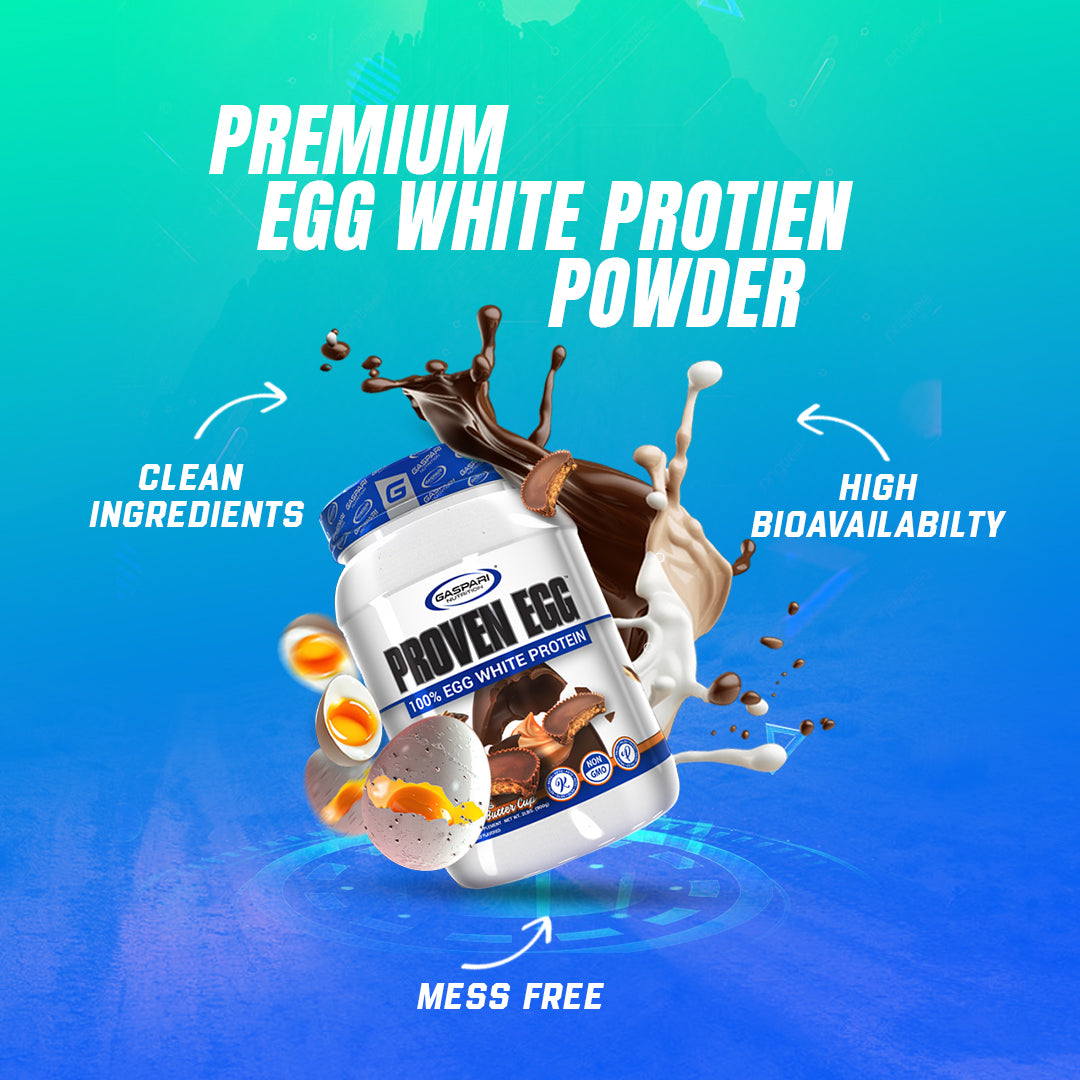
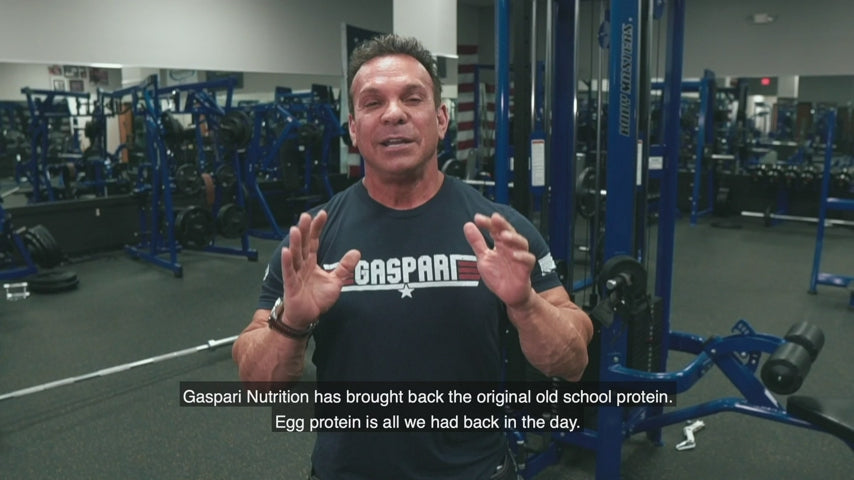


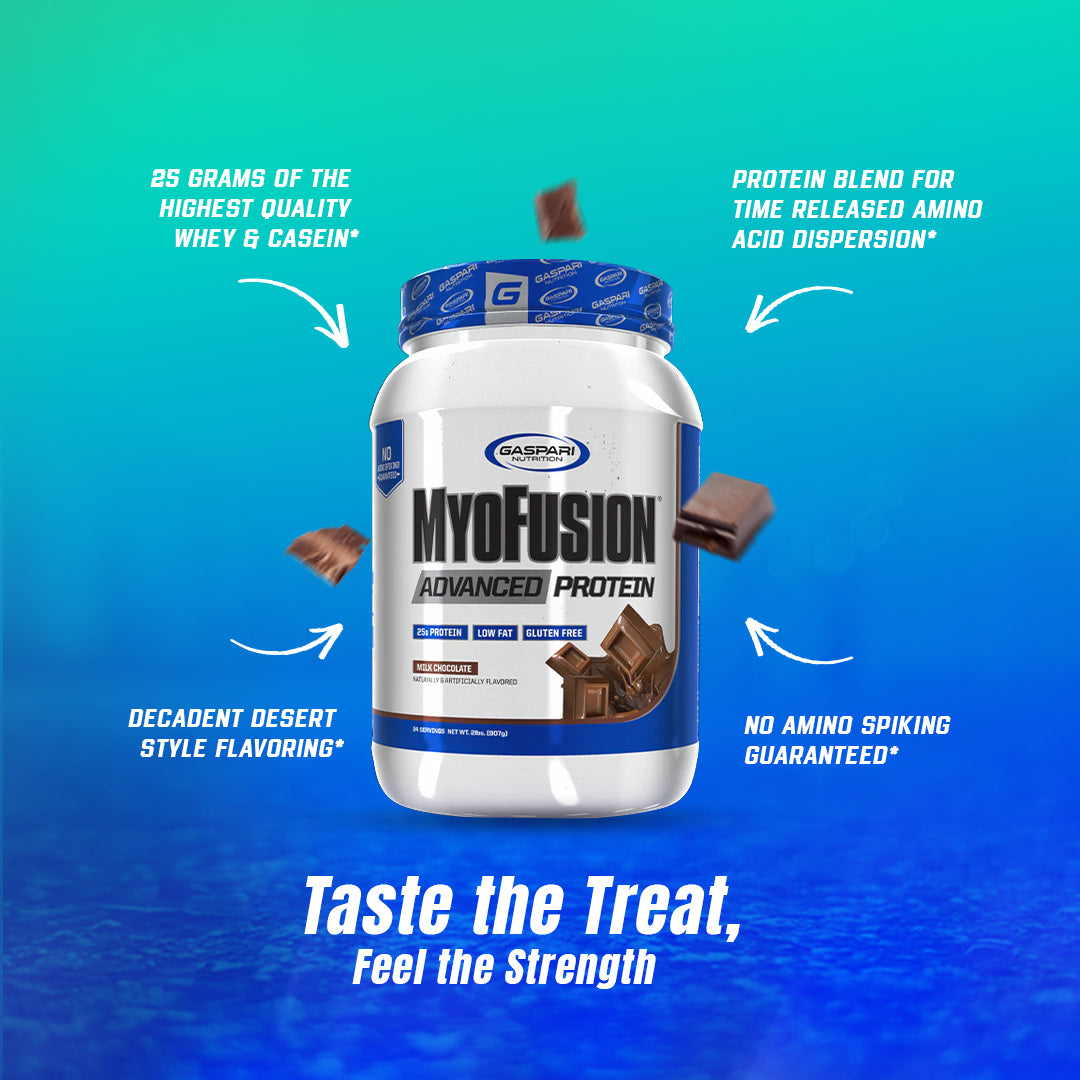



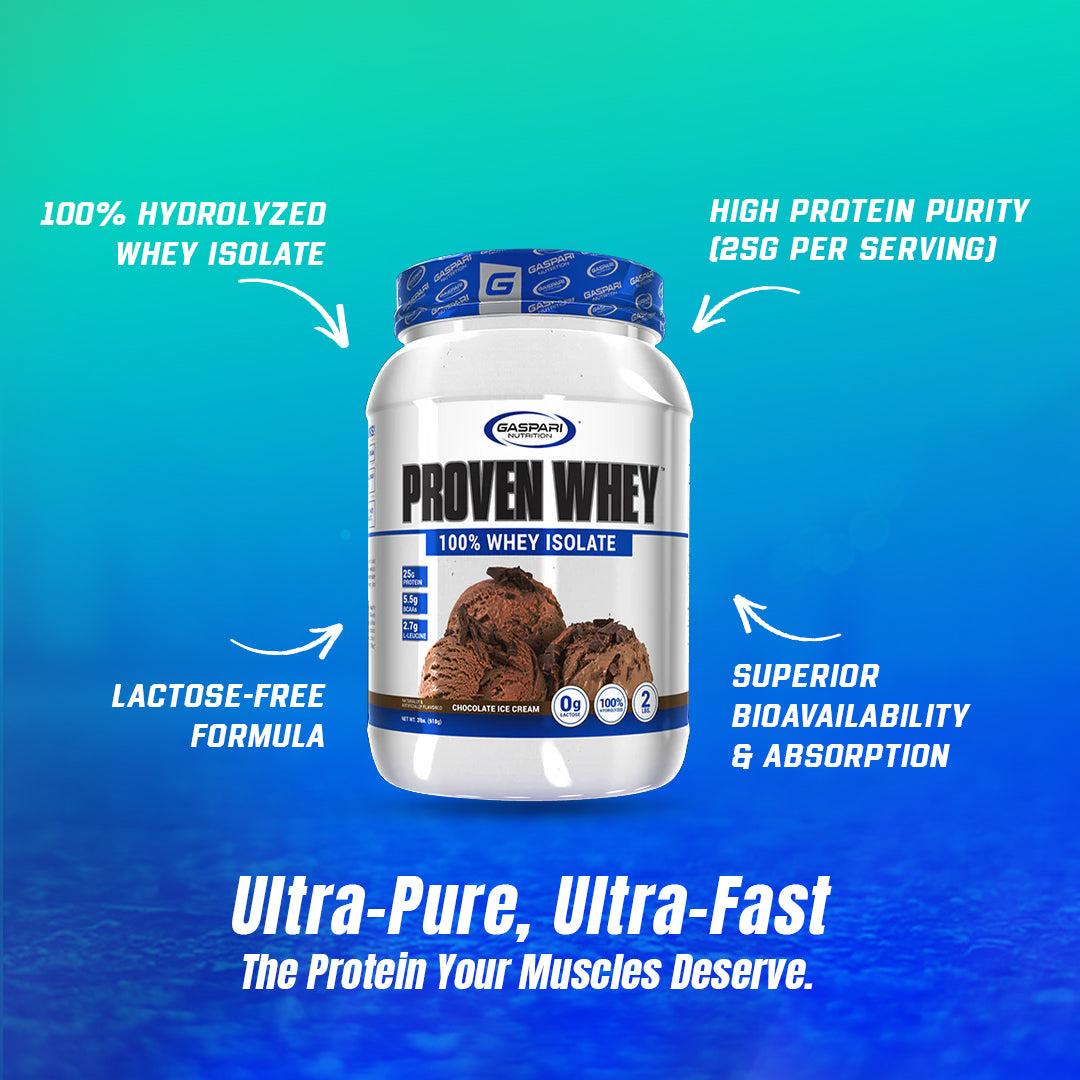





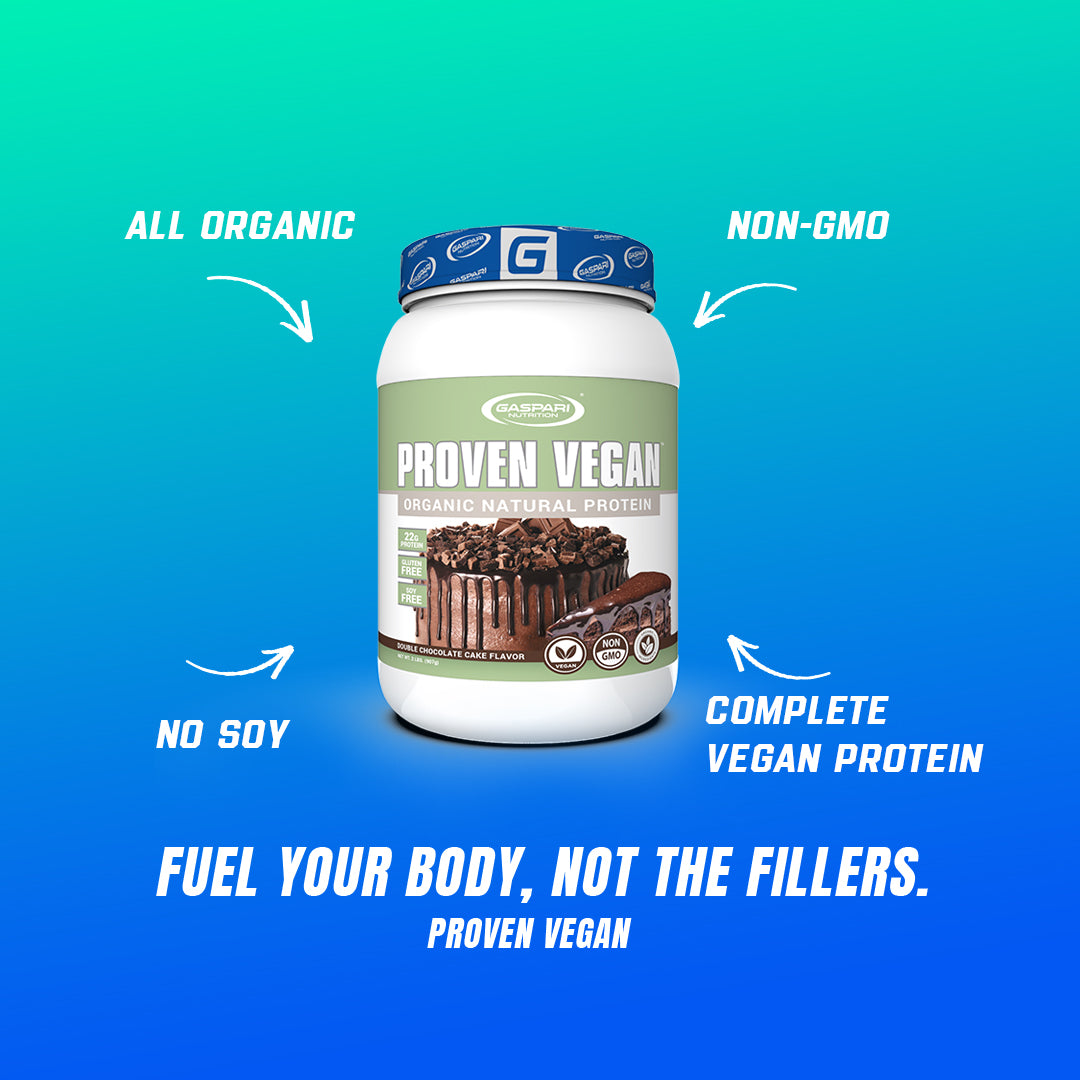

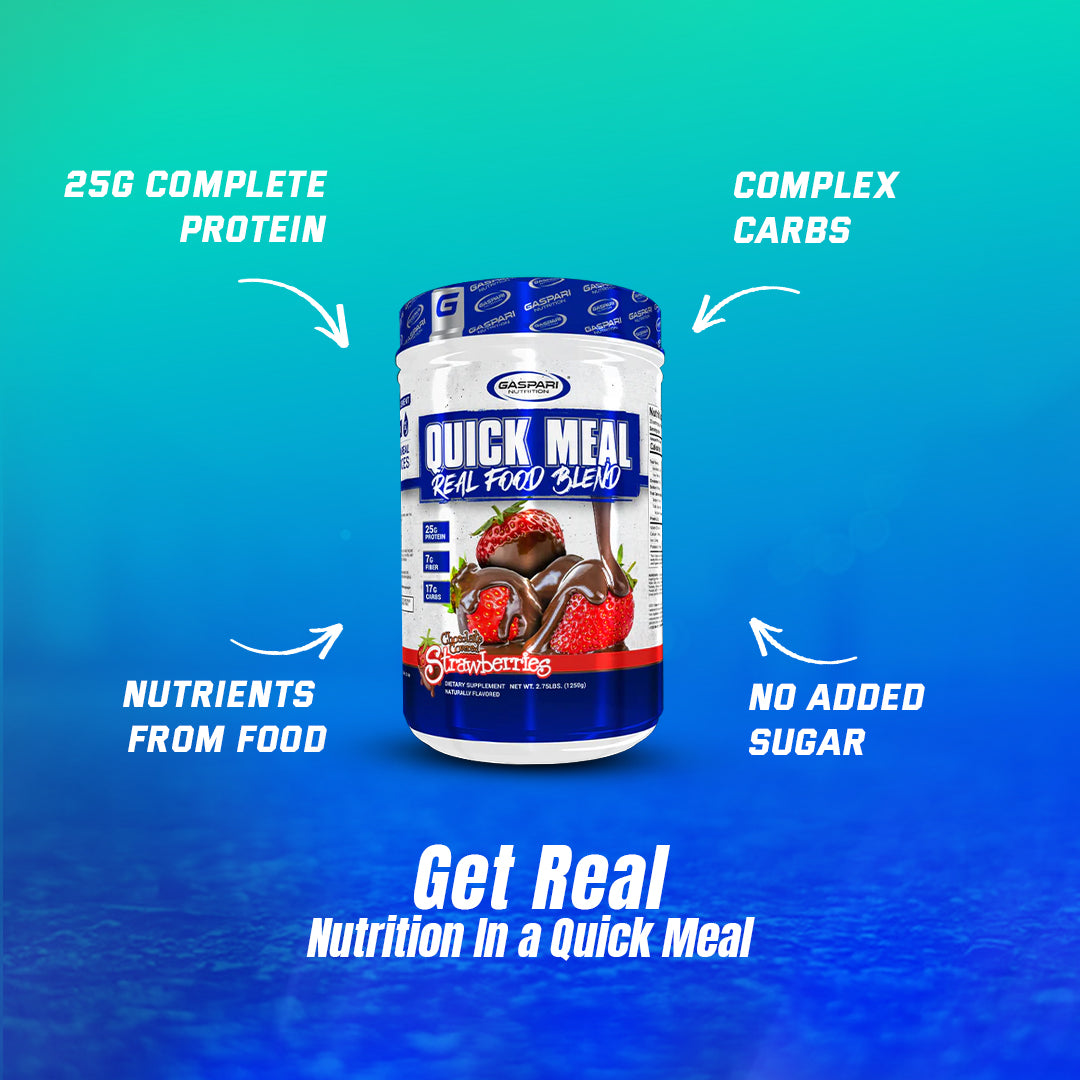

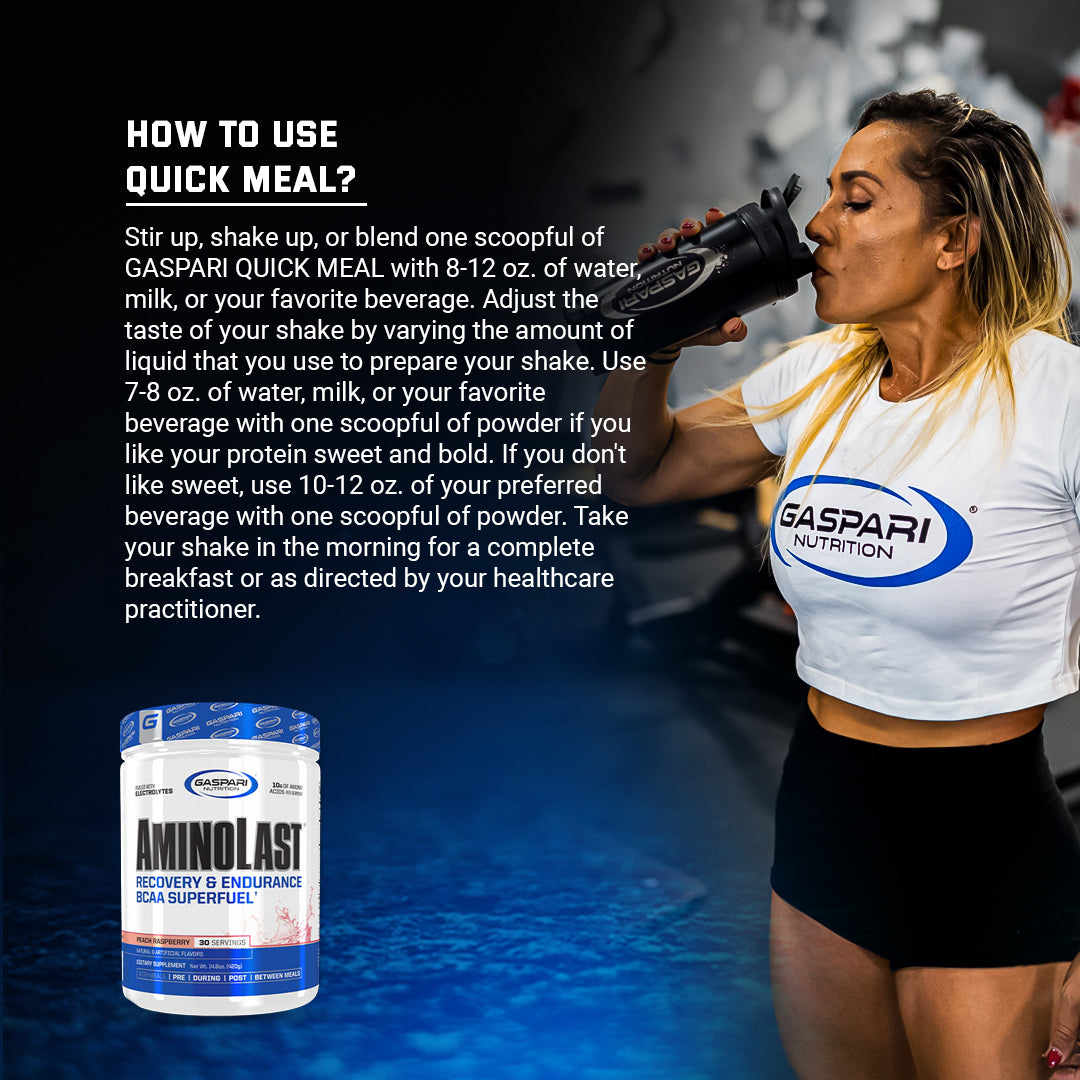

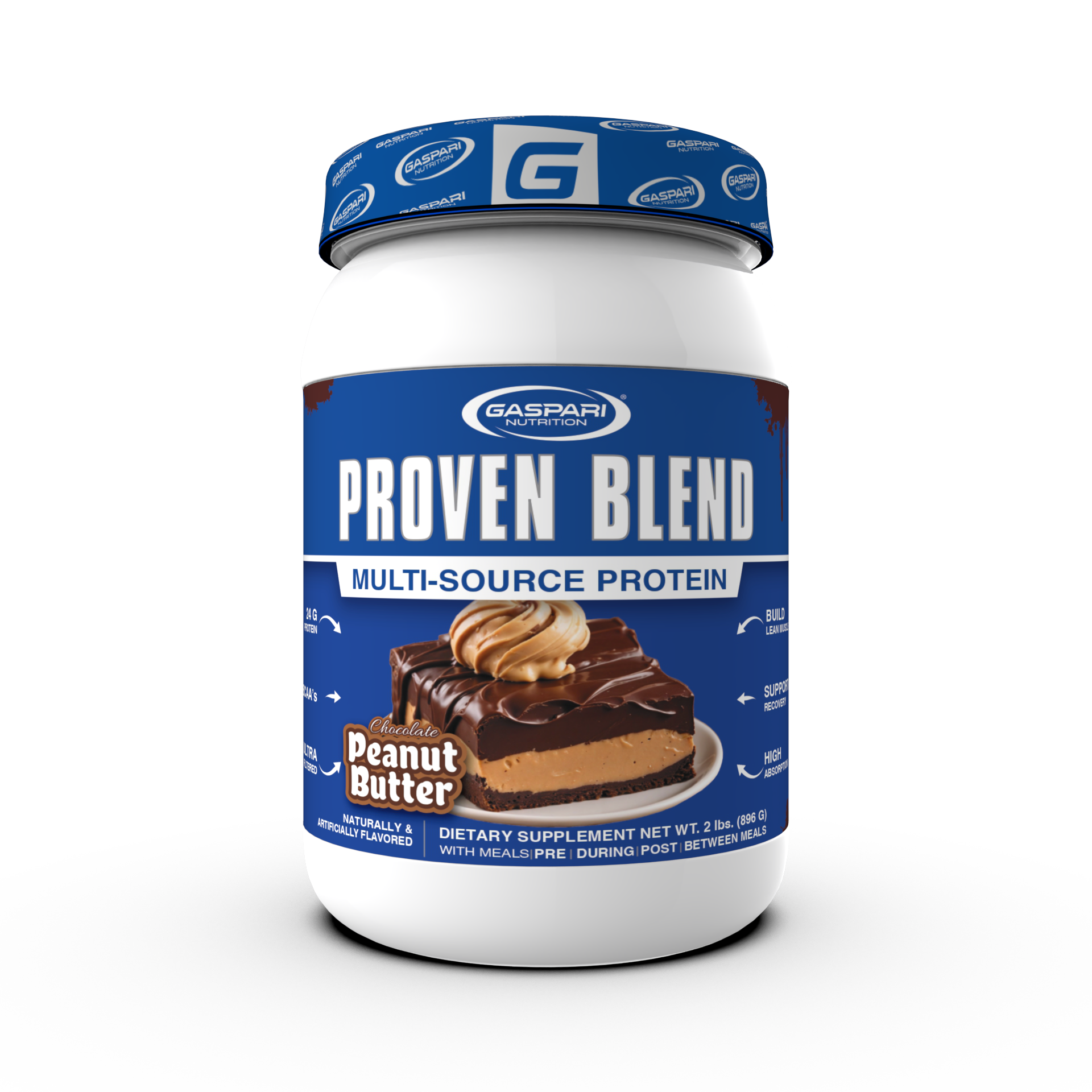
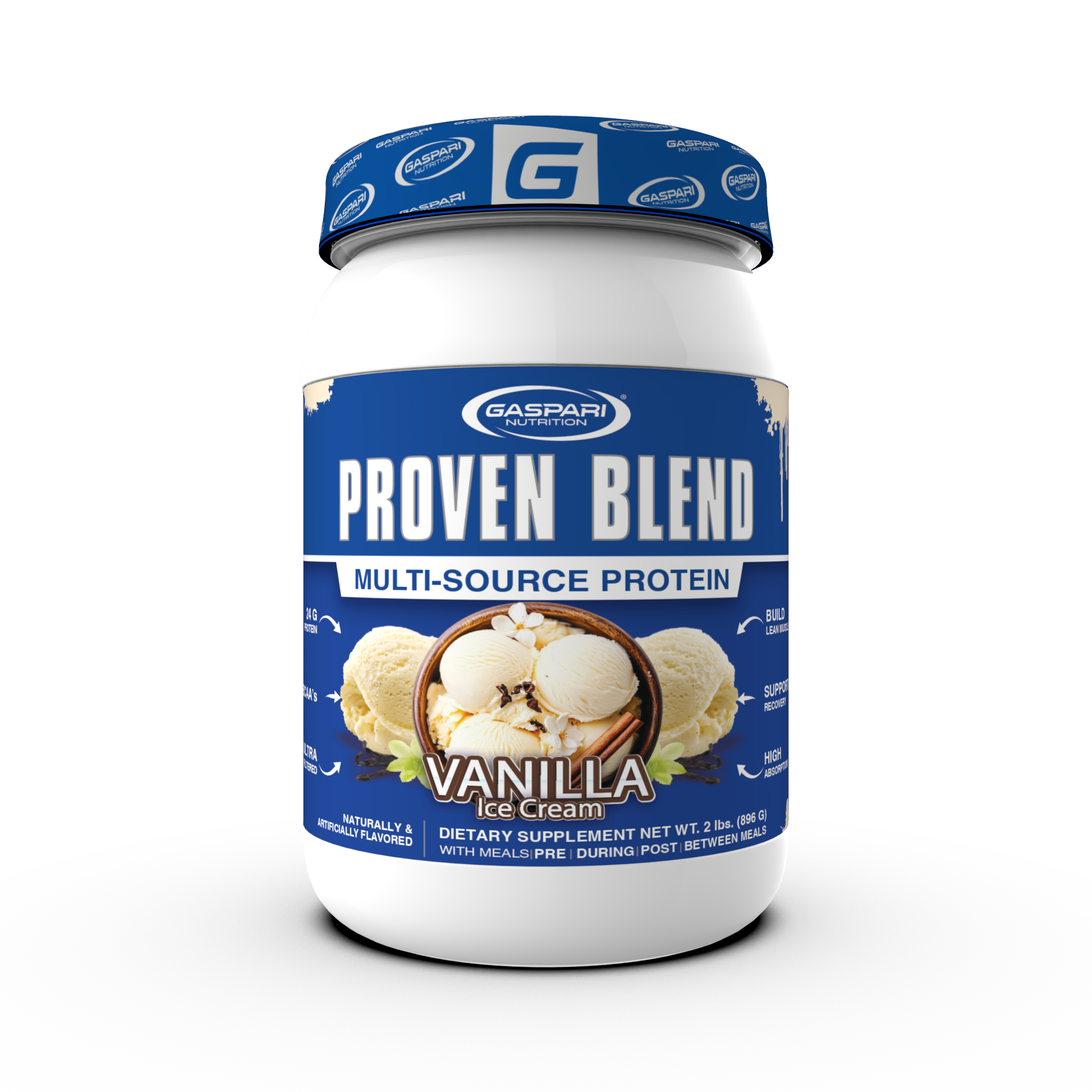



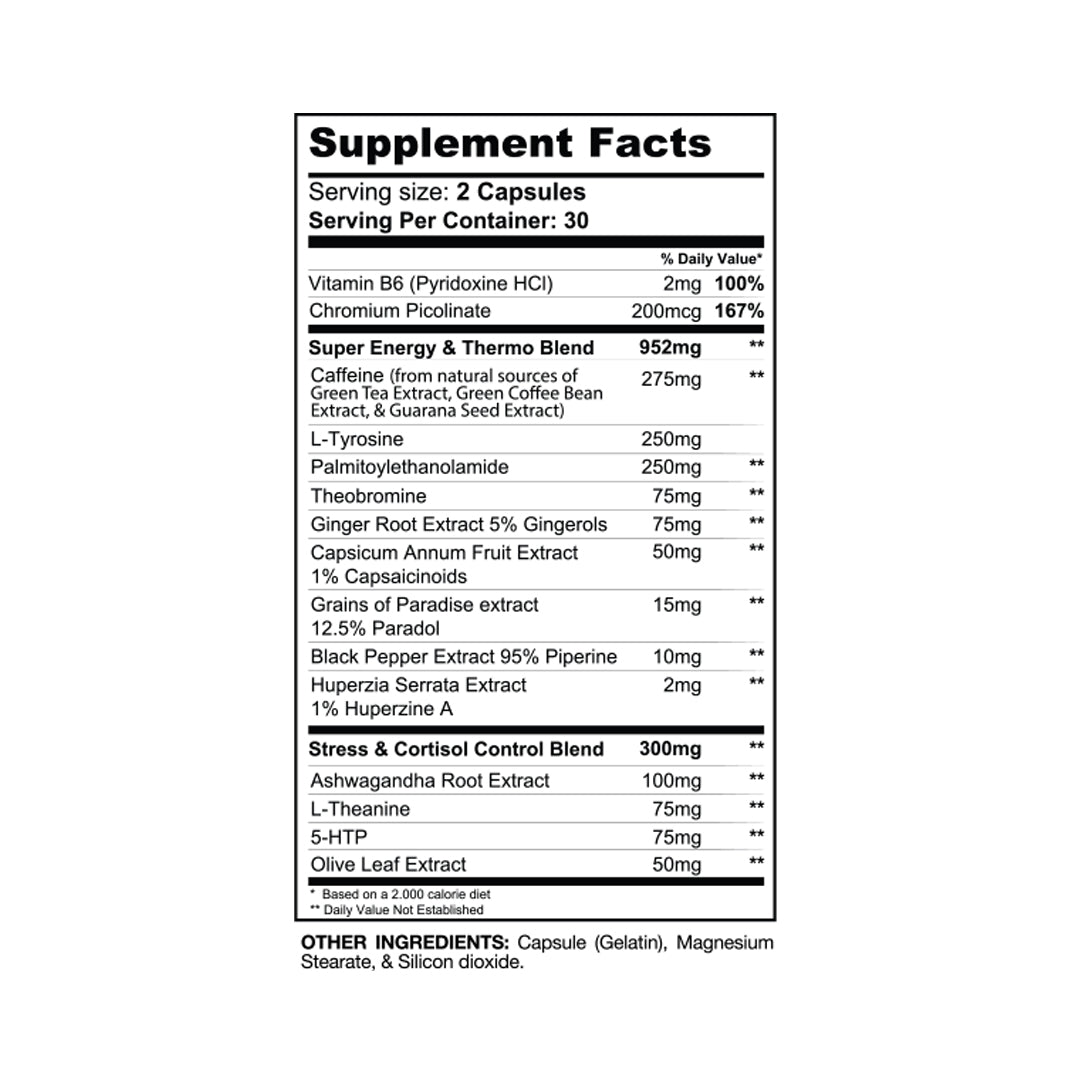






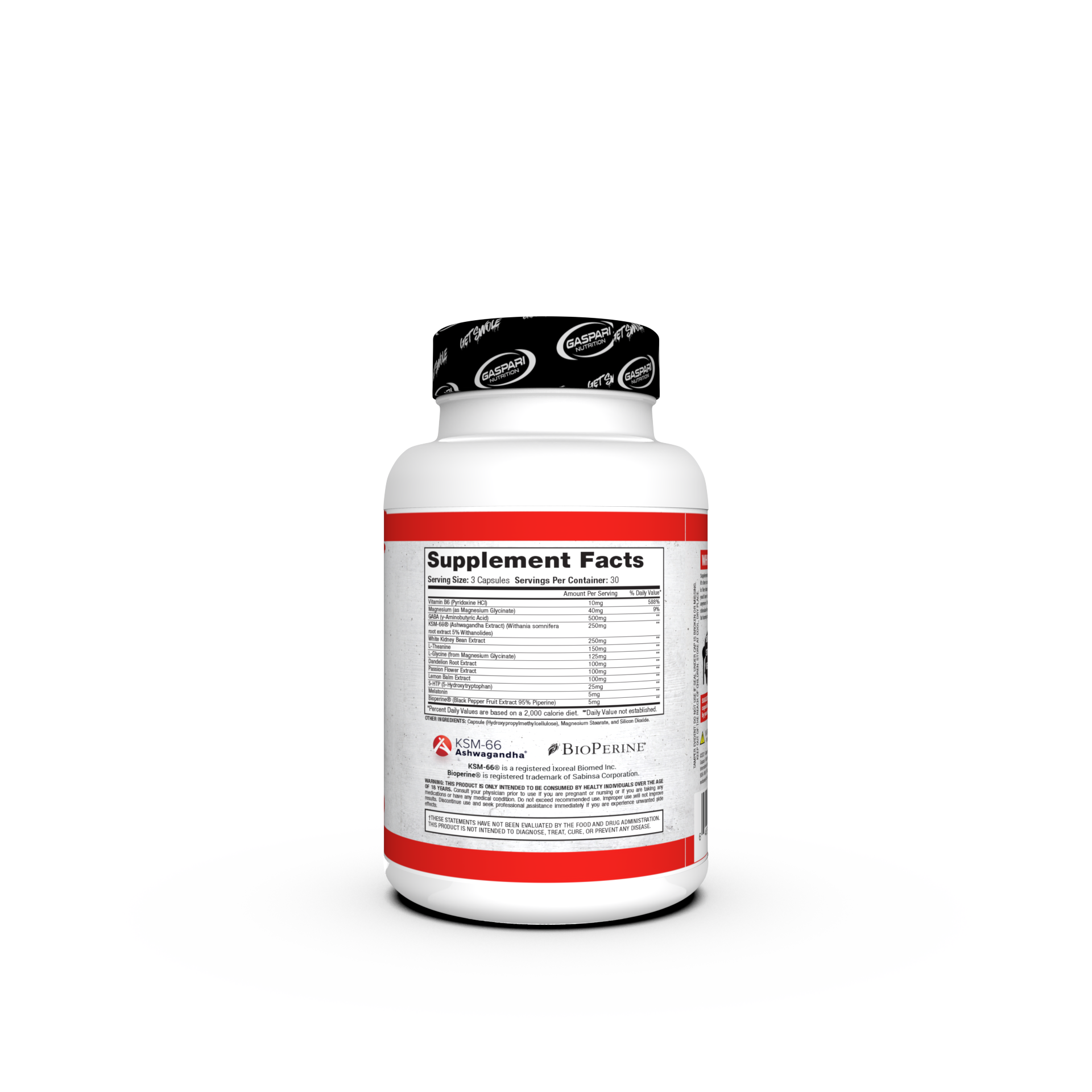



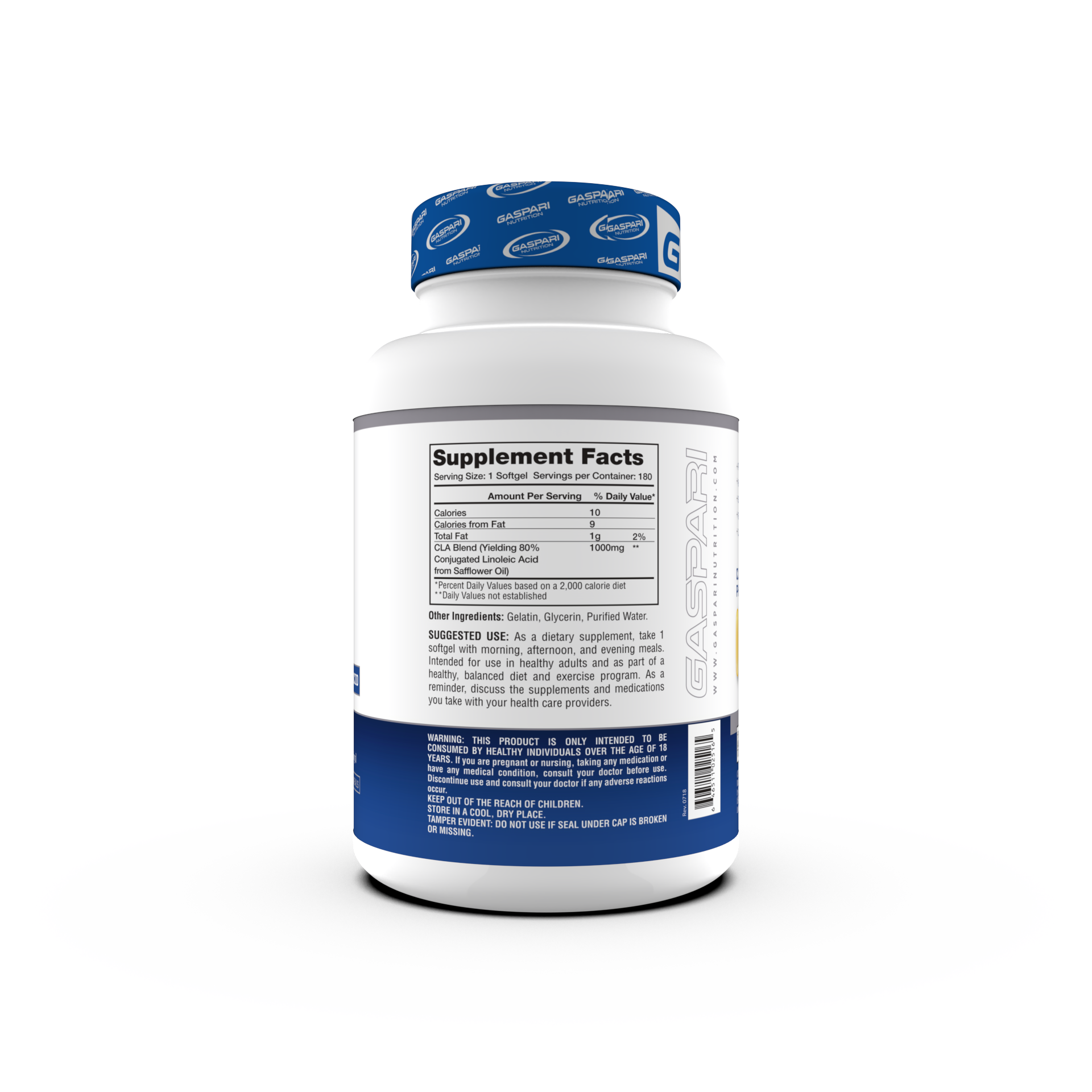


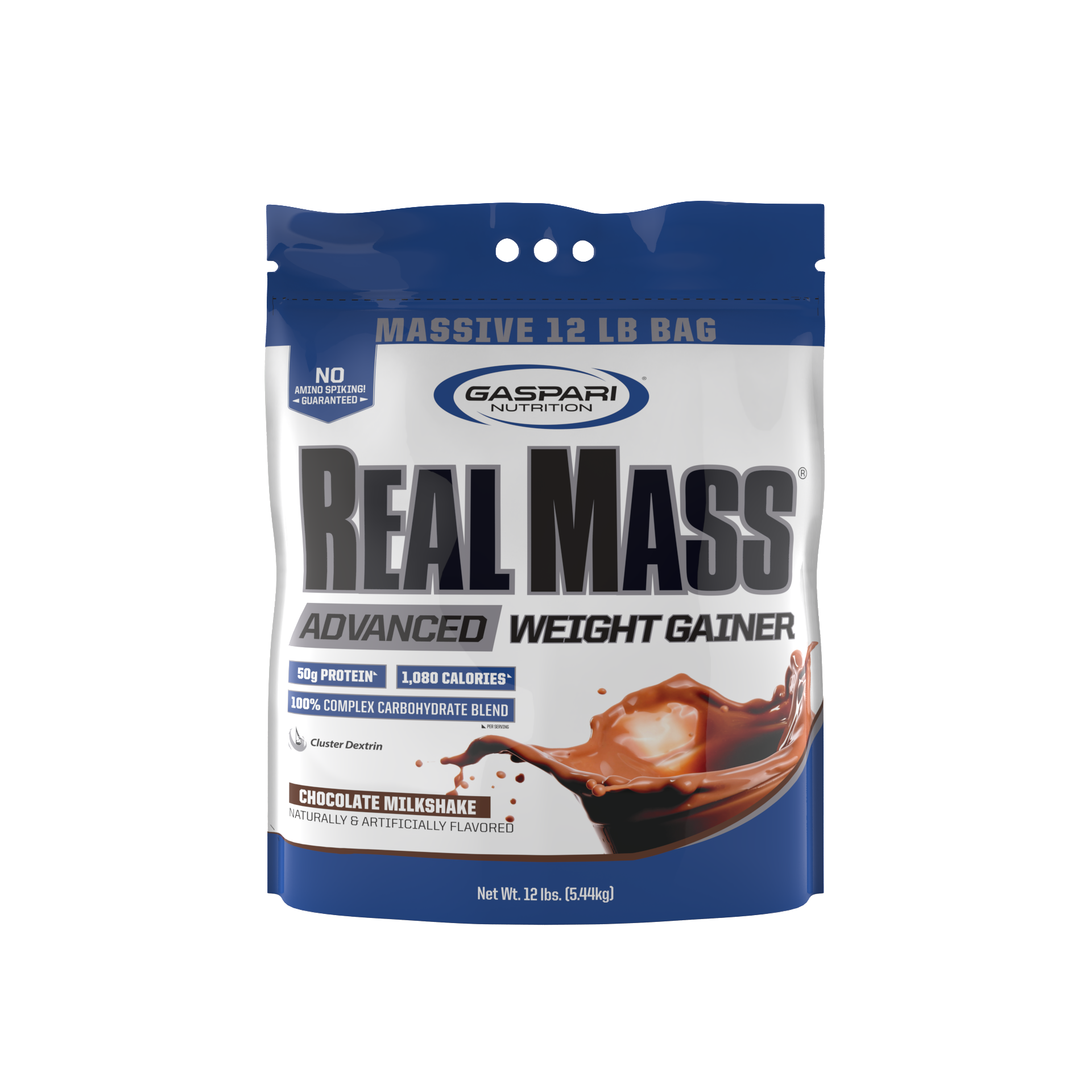
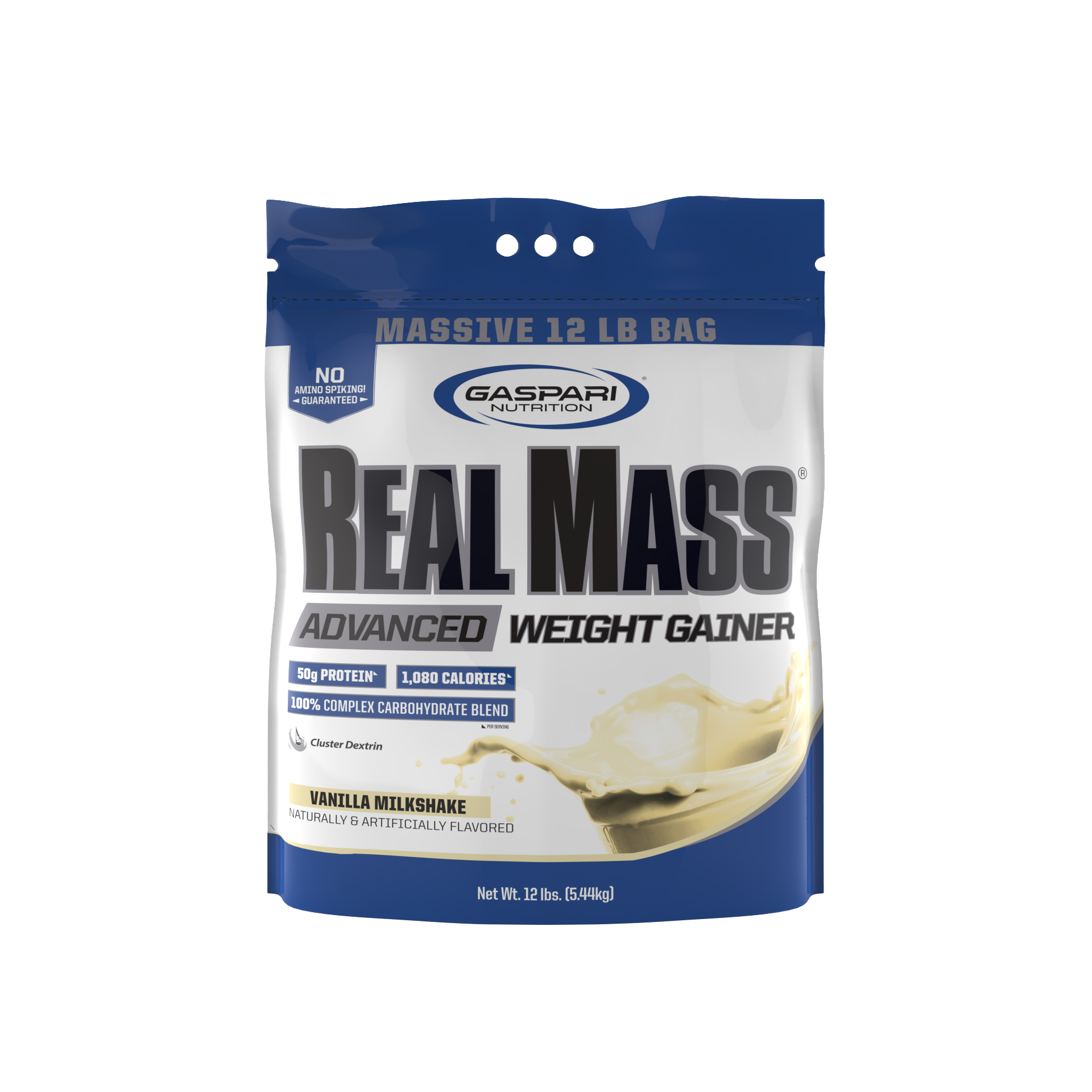


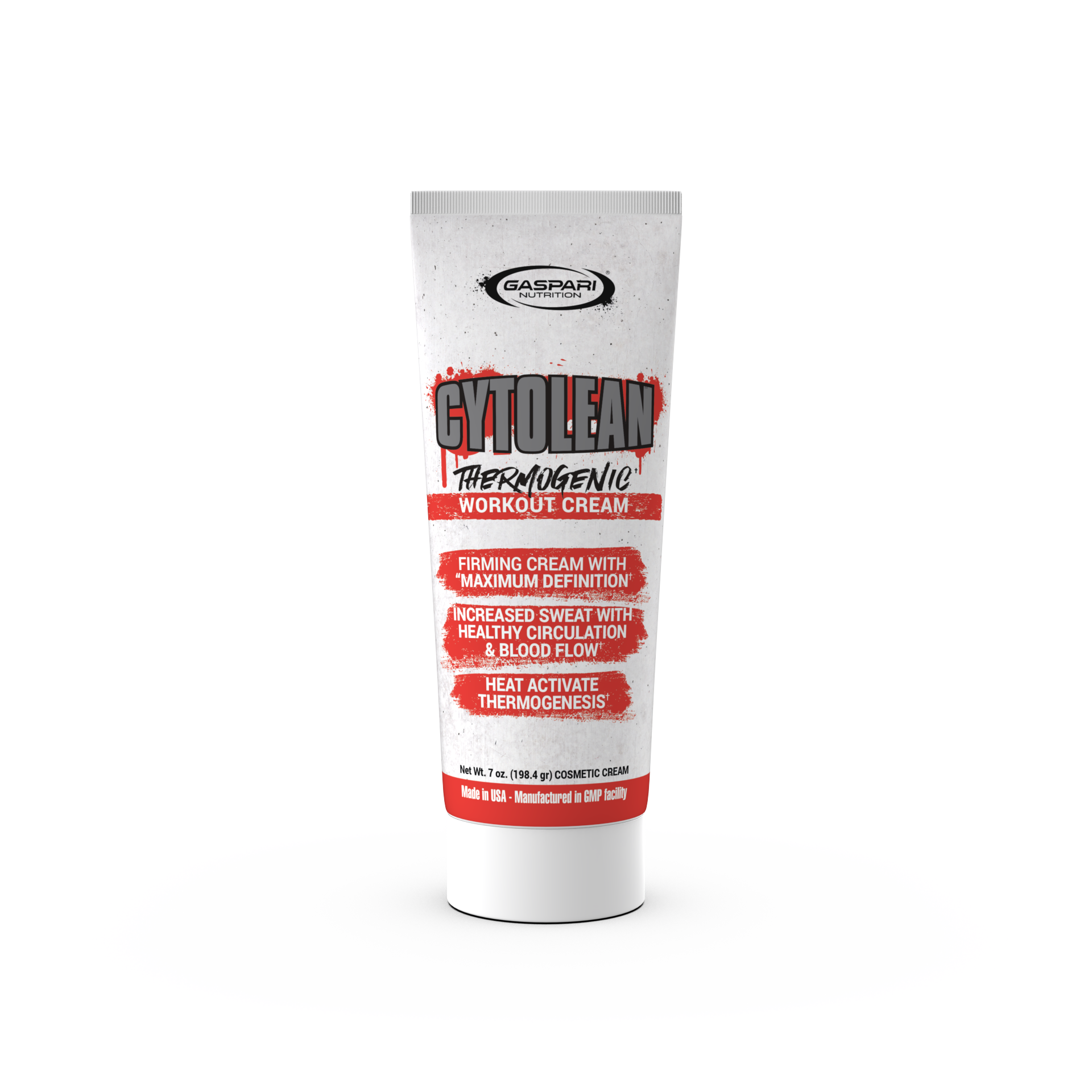
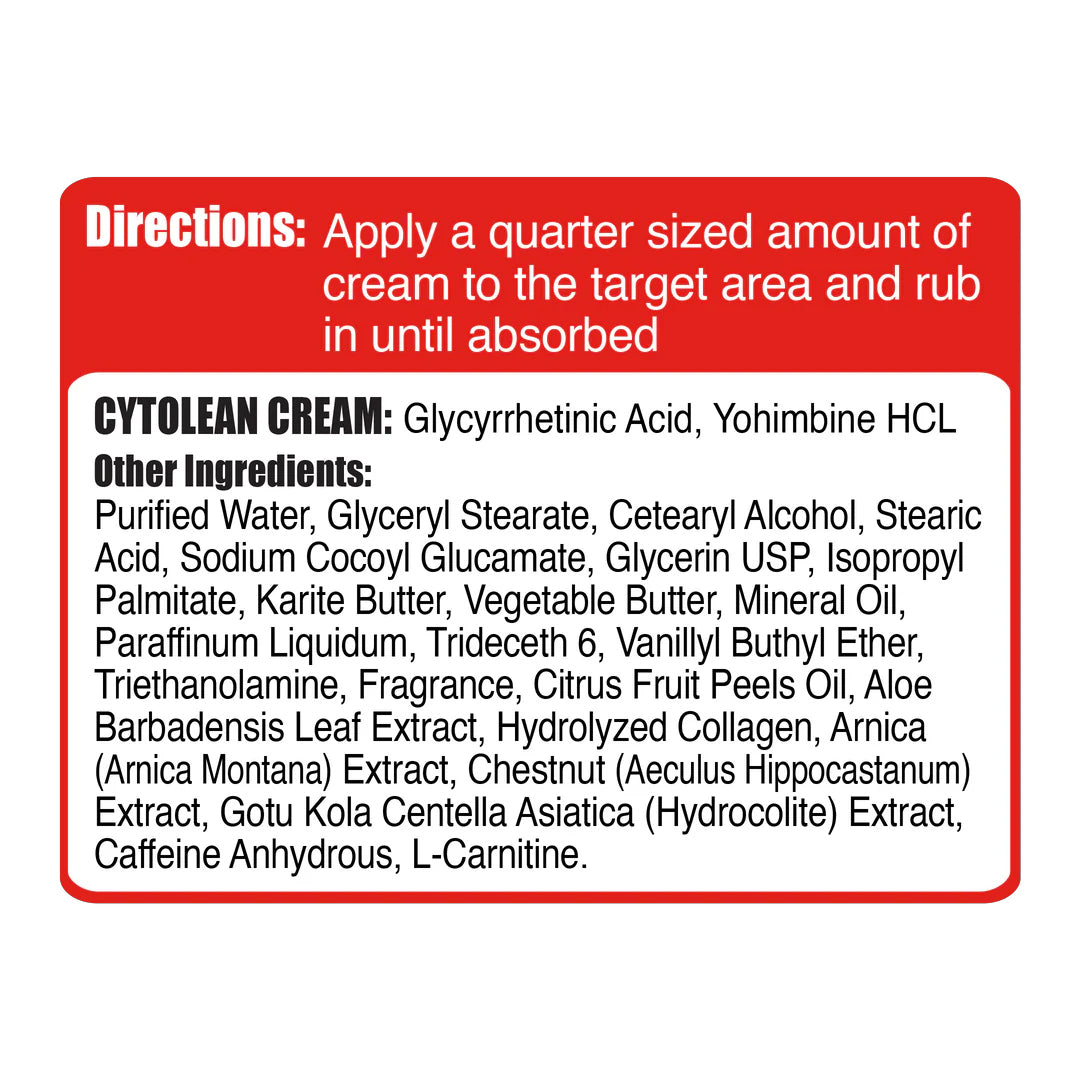
















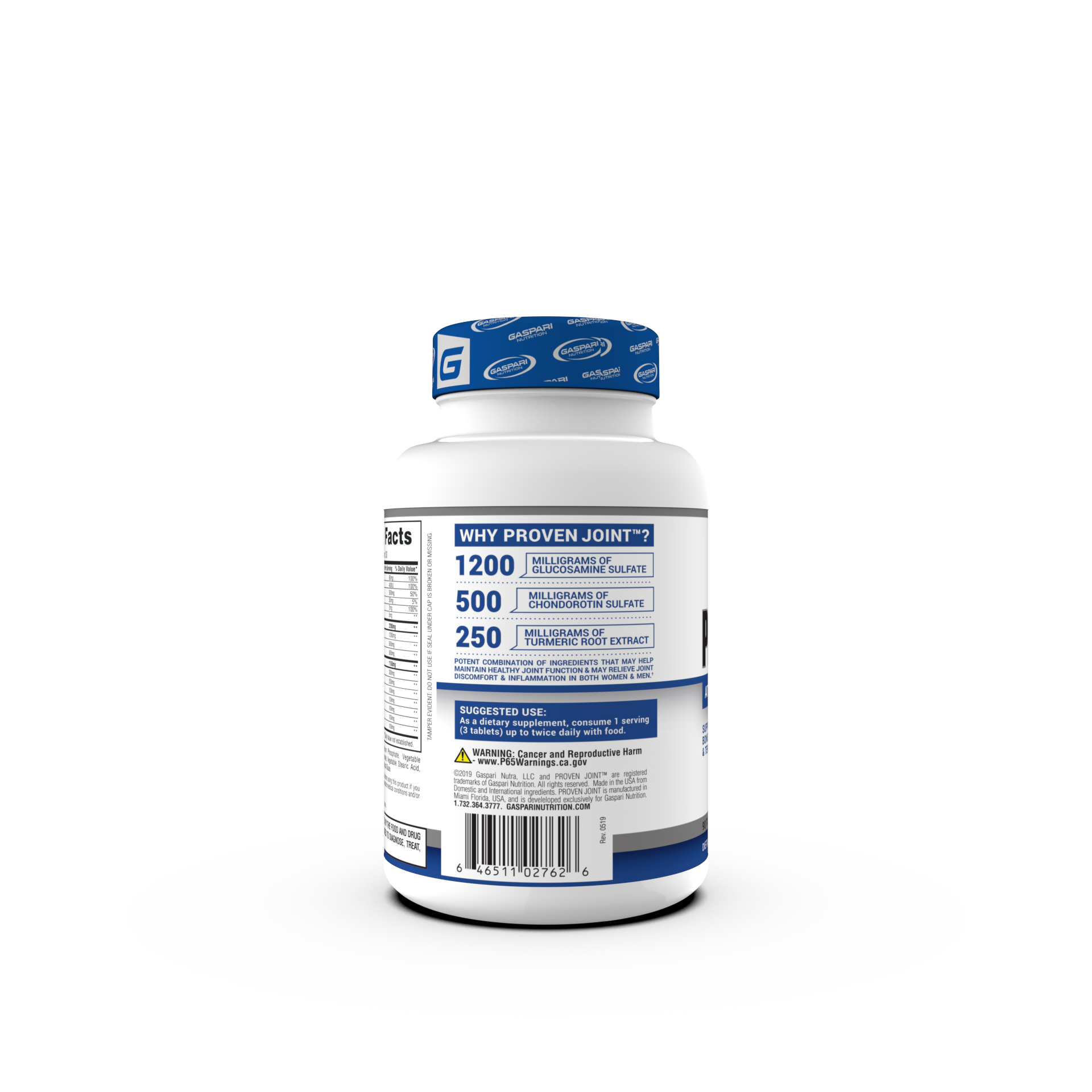



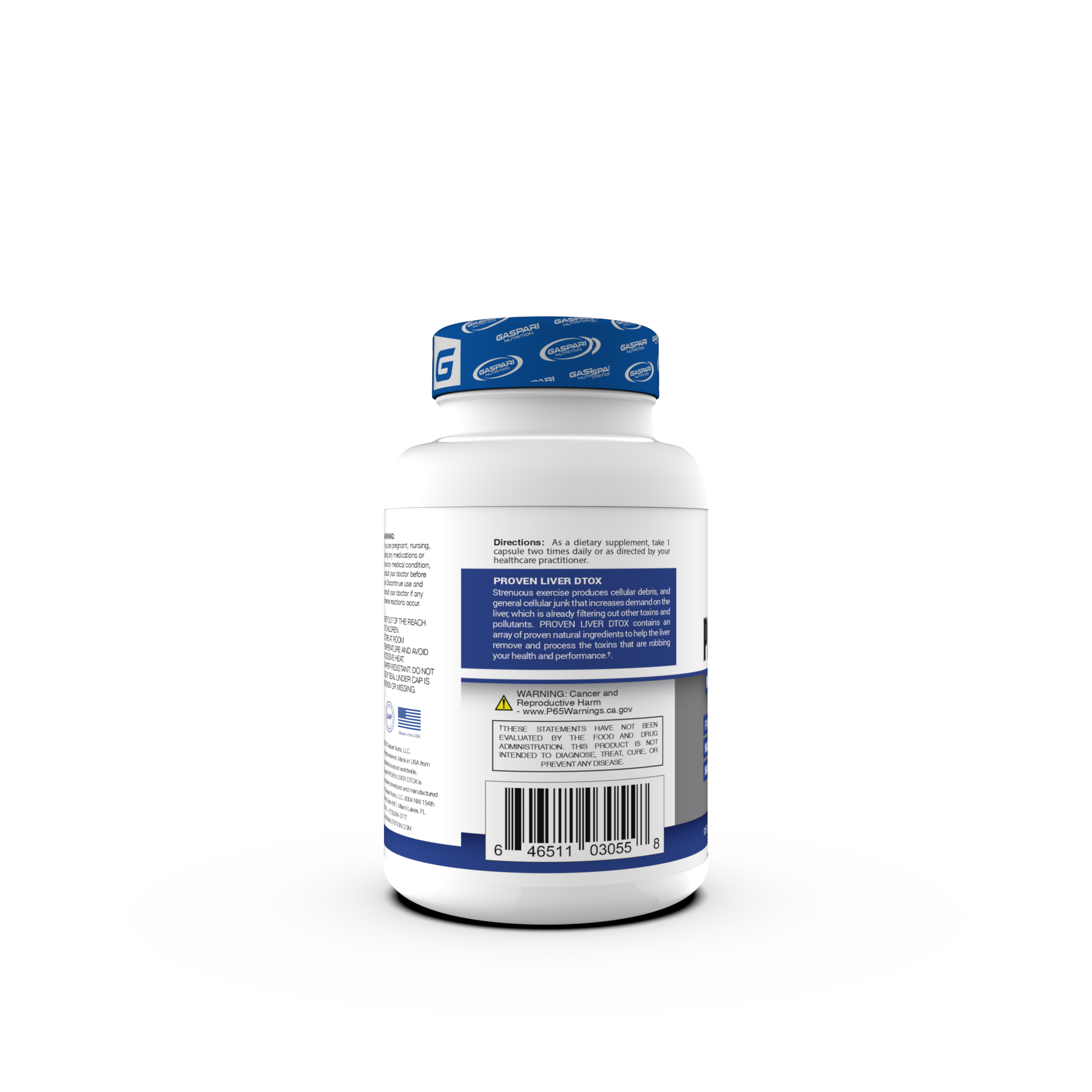

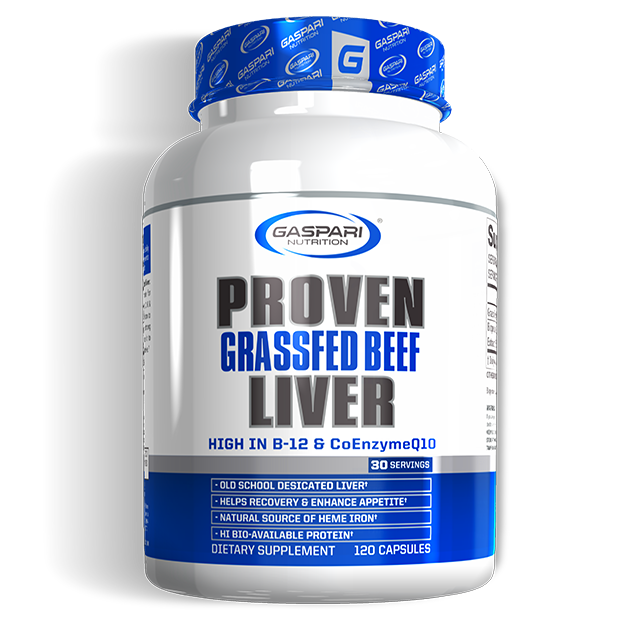


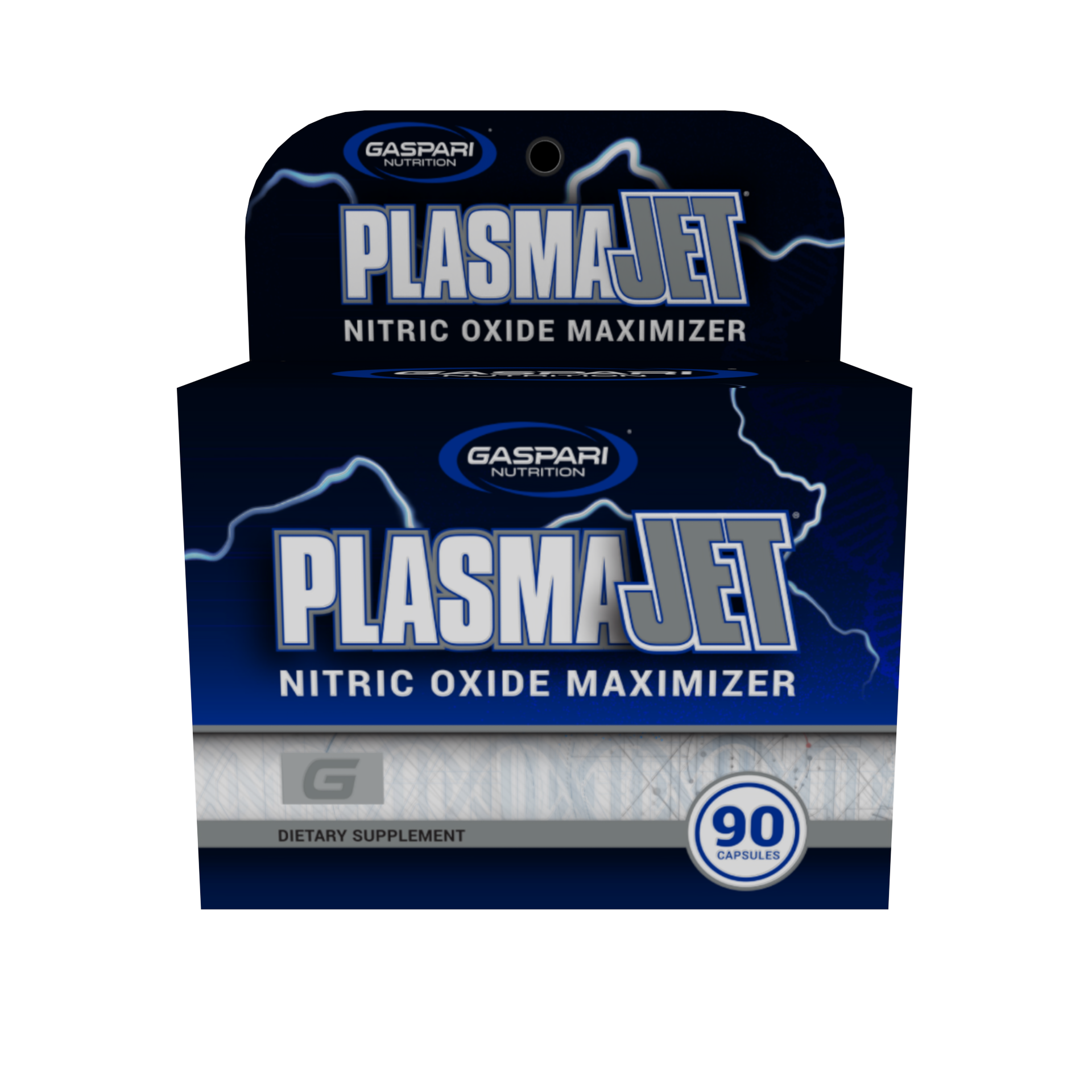


Share:
Vitamin Deficiency: A key to poor athletic performance?
How To Get Bigger Biceps: Avoid These Common Mistakes